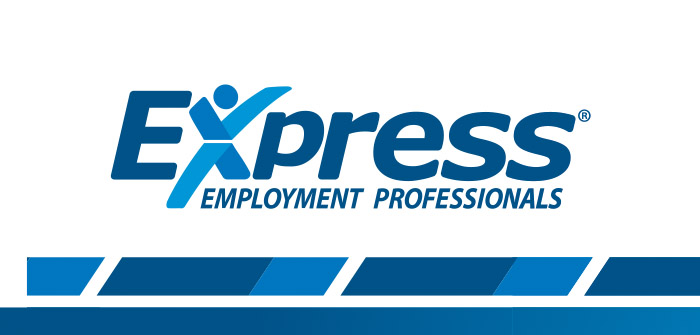Source: Express Employment Professionals, www.refreshleadership.com, Refresh Leadership Blog
Current work philosophy dictates the best possible team is one chock-full of varying viewpoints, personalities, and skills. Differences in opinion and beliefs result in more stimulating brainstorming sessions and a higher degree of innovation overall.
Many employers are starting to embrace “diverse” workplaces with employees coming from a wide range of walks of life.
But HR folks still say that this “diversity” is not enough. There needs to be inclusion as well, but this can be a difficult concept for employees to understand. What’s the difference anyway?
Here’s the difference between diversity and inclusion, and why both are important things to have in any workplace.
Diversity vs. Inclusion
In an interview with Forbes, HR consultant Jennifer Brown noted that diversity is “the who and the what: who we’re tracking from the traditional characteristics and identities of gender and ethnicity, and sexual orientation and disability—inherent diversity characteristics that we’re born with. Inclusion refers to the how. Inclusion is the behaviors that welcome and embrace diversity.”
So, diversity can be pretty easy to understand. Hiring people with varying genders, sexual orientations, ethnic backgrounds, and interests. Inclusion, on the other hand, can be a bit more nebulous. Think of it this way: a diverse workplace is one in which a variety of people from numerous different backgrounds work. An inclusive workplace is one in which various policies and behaviors recognize and celebrate those differences, with everyone having the same access to opportunities.
A quick (and incredibly small) example: Bob is one of your co-workers. Bob can’t eat pork or bacon for religious reasons. An inclusive decision would be to recognize that Bob can’t eat those items, and to provide tasty alternatives during a group breakfast.
Why Diversity and Inclusion Matter
Less turnover. If employees feel included, they’re less likely to leave.
Gender equality can result in lowered levels of harassment.
According to the Center for Talent Innovation, teams are 158% more likely to understand target consumers when a team member is of the same gender, race, age, sexual orientation, or culture as the consumer.
More viewpoints and cultural backgrounds result in more innovation.
At the end of the day, the world is a diverse place full of billions of people, of varying genders, ages, races, cultures, and backgrounds. Why wouldn’t you want your workplace to be the same way?

